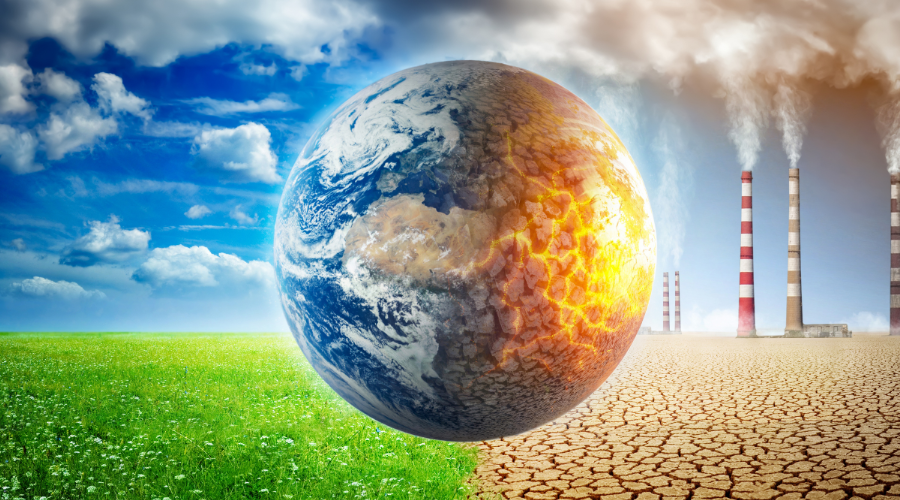
Integrating Climate Science and Traditional Ecological Knowledge for Enhanced Climate Action
28 July 2025
Bedtime story
28 July 2025By Ella TESCARI
As the IPCC enters its Seventh Assessment cycle, it is facing the question of how to remain relevant now that it has delivered its core message: human activities are changing the climate with detrimental consequences, and we must act now to cut emissions.
In the debate surrounding whether and how the IPCC should reform, a compelling question has been its modeling framework. It notoriously emphasizes technical feasibility and plausibility at the expense of non-linear complex social and political transformation. For instance, the IPCC’s latest scenarios, the Socio-Economic Shared Pathways (SSPs), do not take into account purposeful and value-driven societal changes nor agency, motives, or emotions, whether they be individual or collective. Yet, it is becoming increasingly evident that technological improvement alone will not solve the climate crisis.
The fact that the IPCC overlooks non-technological catalysts is even more critical considering its discursive nature and authoritative status. In achieving a consensus on a limited set of mitigation pathways, it effectively narrowed down the discursive space for imagining plausible and desirable carbon futures—a tendentious undertaking since our vision of (im)possible futures sways our decisions today.
Against such a background, overcoming the bridges between ‘hard’ science and other forms of knowledge, such as world-making fields within the arts and humanities, is a timely endeavor. Developing an art-science residency network within the IPCC—often framed as the beacon of evidence and authenticity—would be a decisive step in this direction. As suggested elsewhere in relation to Integrated Model Assessments (IAMs), which are also instrumental in the IPCC’s modelling framework, such art-science residency networks could cogenerate future narratives ahead of the scenario-making process as well as help make scenarios more tangible during later communication stages.
With respect to expanding the boundaries of scenario making, science fiction stands out as a literary and artistic form in its capacity to act as a foresight and exploratory tool. Besides, foresight practice may draw inspiration from it to envision possible futures. Prior scholarly research has shown how science fiction novels like The Carbon Diaries by Saci Lloyd can deliver a parallel account of SSPs that includes agency and focalized perspectives. In turn, science fiction authors and scriptwriters could leverage this characteristic to help change the IPCC’s modelling framework.
Arts and humanities may help in addressing another shortcoming of the IPCC: its communication flaws and impenetrable jargon-ridden language. Seemingly endless possibilities for scenario communication include approaches like storytelling or speculative design and gaming. Their potential to manifest both concrete and abstract concepts in various forms can facilitate the engagement of diverse societal groups with state-of-the-art climate science and its implications for daily life.
While arts and humanities can contribute to the representation of diverse perspectives, they are not a panacea. To truly open the discursive space around scenarios, the proposed art-science residency network should be accompanied by an accessible online platform where people would contribute to narratives and make sense of scenarios’ implications, collectively and individually. If stories are how we make sense of the world, let the IPCC tell stories that we can relate to.
References
Beck, S. & Oomen, J. (2021) Imagining the corridor of climate mitigation – What is at stake in IPCC’s politics of anticipation? Environmental science & policy. [Online] 123169–178. https://doi.org/10.1016/j.envsci.2021.05.011
Braunreiter, L. et al. (2021) Transformative pathways – Using integrated assessment models more effectively to open up plausible and desirable low-carbon futures. Energy research & social science. [Online] 80102220–. https://doi.org/10.1016/j.erss.2021.102220
Carrey J., et al. (2021). Écrire une autre histoire du dérèglement climatique. The Conversation. https://theconversation.com/ecrire-une-autre-histoire-du-dereglement-climatique-168164
Fergnani, A. (2021). Sci-Fi as Foresight Methods: Science Fiction Prototyping Future Personas & 6 Archetypes. Predict. https://medium.com/predict/sci-fi-as-foresight-methods-science-fiction-prototyping-future-personas-6-archetypes-3199de52f13b
Kelman, I. (2022). ‘Opinion: Climate Change: IPCC has served its purpose, so do we still need it?’ The Conversation, [online] Available at: https://theconversation.com/climate-change-the-ipcc-has-served-its-purpose-so-do-we-still-need-it-183550
Nikoleris, A. et al. (2017) Narrating climate futures: shared socioeconomic pathways and literary fiction. Climatic change. [Online] 143 (3-4), 307–319. https://doi.org/10.1007/s10584-017-2020-2
Painter, J. (2015). New international climate chief faces a serious communication challenge. The Conversation. https://theconversation.com/new-international-climate-chief-faces-a-serious-communication-challenge-48927
Tyszczuk, R., & Smith, J. (2018). Culture and climate change scenarios: the role and potential of the arts and humanities in responding to the ‘1.5 degrees target’. Current Opinion in Environmental Sustainability, 31, 56-64. https://doi.org/10.1016/j.cosust.2017.12.007.


